
Don’t Watch the Clock!
Watching your clock creates stress. To break yourself of the habit move your clock far enough away from your bed that you can’t see or touch it.
Don’t use a clock with an illuminated face, as even that small amount of brightness can hinder your sleep and activate insomnia.
If you have a tick-tocker, get rid of it. Even some electric clocks make a slight noise. Listening to the passage of time is as stressful and detrimental to sleep as watching the minutes change.
Fighting sleep can become a bad habit. Trying harder to sleep increases stress and sets a pattern of anxiety whenever you go to bed.
If you can’t sleep, instead of watching the clock, get out of bed. Keep the lights dimmed. Go somewhere else to relax. Read something light. Use a Book Light as it lights only your page, or listen to very mellow music
Learn to associate your bed with sleep, not with being restless. As soon as you feel sleepy go back to bed.
More tips to help you get the best night’s sleep can be found in the book, Sleep Secrets.
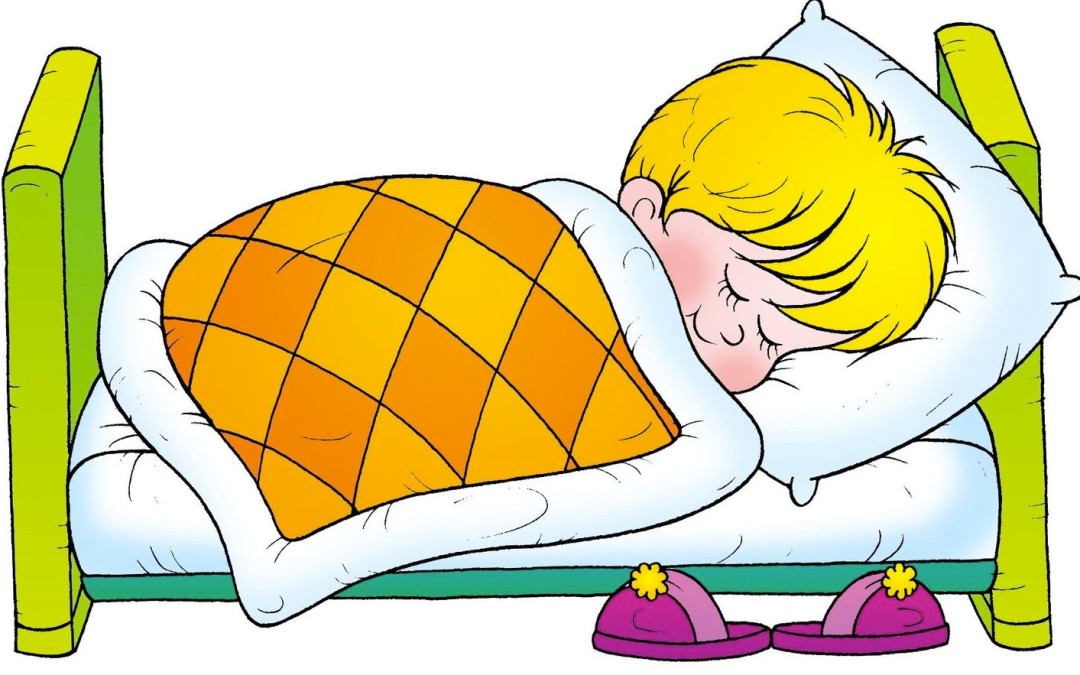
What Is the Best Sleep Position?
The position you sleep in can hold the key to falling asleep, staying asleep and having a restful sleep.
Let’s start by eliminating the worst sleep position, sleeping on your back. Then we’ll move on to what many consider the best position, sleeping on your left side.
Back or supine position: Russian sleep researchers have studied the best and worst positions and have found the supine position is by far the worst.
If you have difficulty not sleeping on your back, read these tips by Russian sleep expert Dr. Artour Rakhimov to keep you from rolling onto your back, which include the following:
- Prop yourself from the sides with pillows.
- Sew a pocket on the back of your nightshirt and put a tennis ball in it.
- Cut a strip of cotton fabric about two yards long and a foot wide, wrap it around your chest, tie two knots in the front and move them around to your back. A simple scarf can be also used.
Stomach or prone position: Sleep expert Dr. Rakhimov claims that the most beneficial positions for a healthful sleep are sleeping in the prone position (stomach) or on your left side. Read more of Rakhimov’s advice for best sleeping positions.
Left side: For many people, this may be an ideal sleeping position, especially if you have digestive problems. Left side sleeping decreases snoring. It can also decrease acid reflux by positioning your stomach lower than your esophagus, which prevents stomach acids from draining into your esophagus.
This is an excerpt from the book, Sleep Secrets. To learn more about sleep positions, get your copy of the book Sleep Secrets.

Sleep Secrets is a Gold Book Award Winner!
 A big thank you to the Nonfiction Book Awards program for awarding my book, Sleep Secrets, a Gold Award!
A big thank you to the Nonfiction Book Awards program for awarding my book, Sleep Secrets, a Gold Award!
Check out their announcement here.
Here are some comments from reviewers:
This book is an interesting, useful, easy to read, and entertaining take on a subject near and dear to my heart: sleep. Loved the cat cartoons.
I will suggest to my doctors that your book becomes part of their libraries and recommendations for their patients. Well done. Throughout my entire first read, I found myself eager to paint a picture of myself versus the self I could be, if I improved my sleeping habits. From the first read, I made a commitment to change because Bazar made me want to be better…better at night, better during the day, and better in my treatment of the gift we often dishonor…the gift of rest.
The Nonfiction Book Awards program honors books year-round. Books are not judged against competing titles, but are reviewed by judges based on a scoring system that evaluates the quality of the writing and production of the book (editing, design and other details). As with other awards programs, not all books receive an award, but many do. You can learn more about the program here.
Your Personal Sleep Pillow
Your personal sleep pillow is an extremely important factor in enabling sleep. This is the one pillow you will use for sleeping only.
An ideal sleep pillow must have these properties:
- Be made of all-natural material so your head can breathe without the clammy feeling caused by foam-filled or other synthetic materials and covers used to make many of the so-called ideal sleep pillows (which are far from ideal as you will see)
- Be adjustable for your unique head and neck size and shape and preferred sleep position
Steer away from the many synthetic and orthopedic sleep pillows marketed widely on TV, some of which require you to sleep on your back.I recommend traditional natural buckwheat hull pillows, used by the Japanese for centuries. This type of pillow has become quite popular in the west because of its unique features.
Buckwheat hulls are left over after the buckwheat seed has been removed for food consumption (soba noodles, anybody?). The hulls are sturdy, about the size of the small nail of your pinkie finger.
Their concave shape has the wonderful benefit of locking the hulls together when pressure is applied and releasing once the pressure is gone, making them infinitely easy to adjust to your head.
So, with thousands of hulls in a pillow, you can instantly shape the pillow to your preference. The weight of your neck and head will cause it to hold its shape while you sleep.
It’s the ideal pillow: lightweight, breathable, malleable, hypoallergenic and adjusts instantly to the shape of your neck and head.
More information on buckwheat hull pillows can be found in Chapter 4 of the book Sleep Secrets.
Adjust Your Light Routine When Seasons Change
As the fall equinox approaches, the reduction of sunlight can affect how you feel. Some people feel slightly moody or stressed, while others feel overwhelmed and depressed. Those feelings and the decrease of serotonin can cause problems sleeping.
At this time of year, make sure you get enough light early in the day, either by outside sunlight or inside with a light therapy device.
If you rise before the sun in the winter months or suffer from seasonal affective disorder (SAD), make sure your bedroom has a strong wake-up light to mimic sunrise.
If you travel to sunny spots during late fall and winter, be sure to anticipate a change in your mood and sleep patterns when you return home. Ease the transition with morning light or a light therapy device.
People who suffer from bipolar symptoms find that light therapy can be a big help in the fall and winter. In the spring, when the increase in light is so dramatic, wearing blu-blocker sunglasses will decrease the amount of blue light and thus take the edge off the hyper phase.
This is an excerpt from the book, Sleep Secrets. Get your copy now for more great tips on getting a good night’s sleep.
Getting a Good Night’s Sleep When You are a Night Shift Worker
If you are a regular nightshift worker, light therapy can be helpful. Light therapy is exposure to daylight or to specific wavelengths of light by using any of these:
- polychromatic polarized light
- lasers
- light-emitting diodes
- fluorescent lamps
- dichroic lamps
- any very bright, full-spectrum light
Use light therapy before you go to work or at work at the beginning of your shift to energize you. Do not use these lights later in the shift or you will not be able to sleep when you get home.
Install a very bright sunrise light in your bedroom to mimic sunrise when you arise. Another option is using a light therapy unit that will help increase your energy level by emitting stimulating blue light.
During your shift, try to minimize your exposure to blue lights emanating from computer or device screens. Or wear blue-blocking sunglasses, which will filter out some of its harmful wavelengths. They can be worn
- if you work night shifts or are exposed to blue-intensive light at night
- to block blue light from your electronic devices
- to block the lights in your home at night
- to reduce glare while driving at night
This is an excerpt from the book, Sleep Secrets. Get your copy now for more great tips on getting a good night’s sleep.
Electronic Screens at Night
At night, the distance you are from your screen matters. At 6 inches away, you will get 4 times more light than at 12 inches; and 16 times more than at 24 inches. The further you are away, the better. Double the distance away equals one quarter the brightness intensity absorbed by your eyes. The bigger the screen, the more this matters.
If you must use a computer, tablet or other screen at night:
- Use it for as short a time as possible.
- Be as far away from your screen as you can.
- Adjust the light setting to low- to mid-level brightness.
- Hold the device at least 14 inches from your face.
This is an excerpt from the book, Sleep Secrets. Buy your copy now for more great sleep secrets!
Are You Getting Enough Light During the Day?
Your body needs to absorb natural light during the day for adequate serotonin production. Daylight’s full spectrum light and blue light frequencies stimulate receptors in the periphery of the eyes affecting your mood positively through hormone changes.
Daylight triggers a drop in melatonin (the hormone that makes you sleepy) and gives you a surge of serotonin (the hormone that makes you alert and awake). Getting early morning light will set your biological clock and actually help you sleep better at night.
Here are some natural ways for your body to capture the energy of the morning sun. Give these a try!
- Open your curtains or blinds first thing in the morning.
- Take a walk, walk your dog, walk to the next bus stop.
- Exercise during the day, outside if possible, ideally in the morning.
- Listen to this energizing MP3 at night as you’re going to sleep, and you’ll wake up refreshed.
- If you can’t be in the sun in the morning, bright light at midday can help set your biological clock.
This is an excerpt from the book, Sleep Secrets. Buy your copy now for more great sleep tips!
Light and Your Circadian Rhythms
Circadian rhythms are a sleep-wake cycle made up of all the internal biological activity you have in a 24-hour period, including these:
- physical, mental and behavioural changes
- variations in the environment
- waking and sleeping
The major variation in your circadian environment is the amount of light you get. Before the introduction of electric light, the natural dimming light of evening triggered the production of melatonin, the sleep hormone that makes you drowsy and ready to sleep.
Our circadian rhythms are very sensitive to light. Many modern-day evening activities, such as watching TV, working on computers, smartphones and pads and being in bright indoor light, can throw your circadian rhythms off-kilter. The light delays the production of melatonin, so your body doesn’t get drowsy and ready for sleep.
To learn more about how to get a great night’s sleep, get your copy of “Sleep Secrets”.
Do You Need a Nap?
A short nap can refresh you as it slows your brainwaves.
When you get up from your nap, get as much high-intensity light (ideally sunlight) as soon as you can. Then do a quick exercise or take a short walk to restore your alertness.
Take a 20-minute nap if you plan to stay up late for a social event or party. Try to wake up at your normal wake time the next morning. Otherwise, recovering your normal sleep pattern may take a couple of days.
If you need to nap every day, take a short nap at the same time so your body can establish a rhythm. If you are unable to fall asleep while napping, resting with your eyes closed will work almost as well.
Learn more about napping in the book, “Sleep Secrets”.

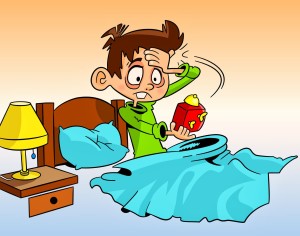
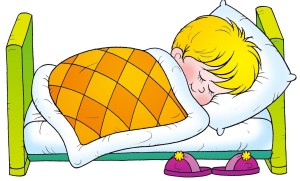
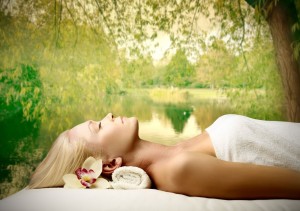

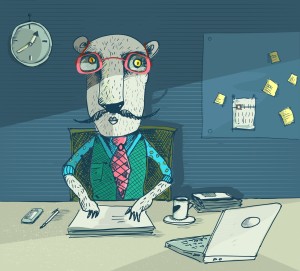
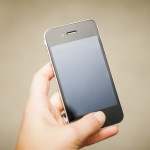

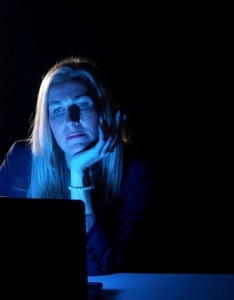

Recent Comments